Kawasaki 95ZIV Wheel Loader Repair Service Manual
$34.00
Discover comprehensive support for your Kawasaki Wheel Loader with our detailed repair and parts catalogs. Available in English and in PDF format, the set includes:
Repair Service Manual: A 462-page guide for maintaining your 95ZIV model.
Parts Catalog Manual: Two extensive manuals, spanning 380 and 452 pages respectively, to assist with parts identification and ordering.
Kawasaki 95ZIV Wheel Loader Service Manual
Product Overview
The Kawasaki 95ZIV or 95Z4 Wheel Loader Service Manual is an essential guide for maintaining and repairing your machinery. This comprehensive manual is available in English and comes in a convenient PDF format. It consists of a detailed repair service manual with 462 pages, complemented by parts catalog manuals of 380 and 452 pages.
Manual Details
The manual provides in-depth guidelines for repair and maintenance work on the 95ZIV Loader. It includes current explanations, drawings, and photographs to assist you in thoroughly understanding the procedures. For optimal performance and longevity, it is crucial to carry out repair and maintenance tasks systematically and logically after careful reading of this manual. The structure allows for easy navigation and understanding.
Shop Service Manual Content
- 01 General Outline
- 10 Functions and Construction
- 20 Inspection and Adjustment
- 30 Disassembly and Assembly
- 40 Maintenance Standards
Safety is paramount. Maintenance operations critical to safety are highlighted with an “A” mark to draw special attention.
Reinstalling Gear Pump Assembly Important Note
- Remove all caps, plugs, and tape from the pump. Pour new oil through the outlet and inlet ports to form an oil film inside the pump.
- Avoid introducing dust, dirt, or foreign material into the case during reinstallation.
- Check and confirm the hydraulic tanku2019s oil level.
- Securely close the hydraulic tanku2019s cap and remove the pump suction pipe plugs. Pour hydraulic oil into the plug port until it overflows (approx. 4 liters).
- Operate the engine at low-idling speed for a minimum of 5 minutes. Refrain from using any hydraulic functions during this period to prevent seizing.
- Move each hydraulic cylinder almost through its full stroke 5-6 times, without fully extending or retracting them.
- Ensure there is no unusual heat, noise, or malfunction during this break-in period.
- Inspect the hydraulic oil sight gauge. Bubbles in the hydraulic oil could indicate a suction side air leak, which must be rectified to prevent premature pump failure.
Only logged in customers who have purchased this product may leave a review.

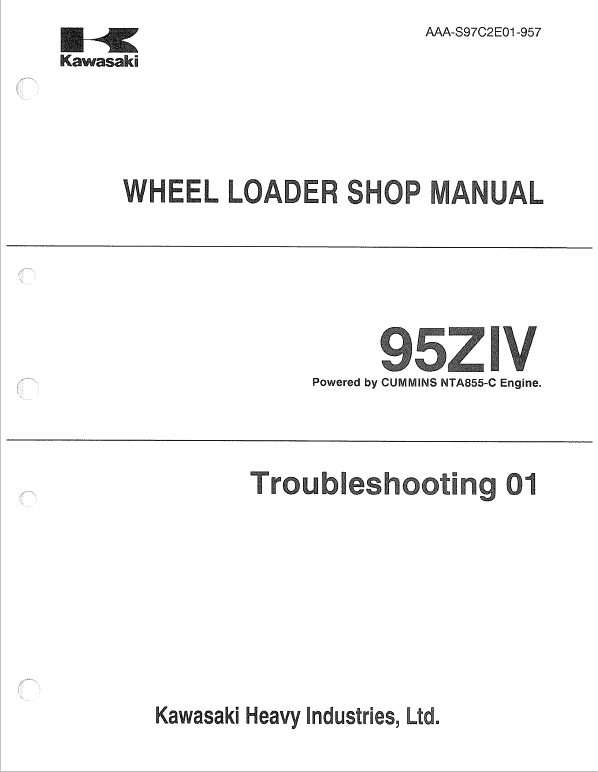
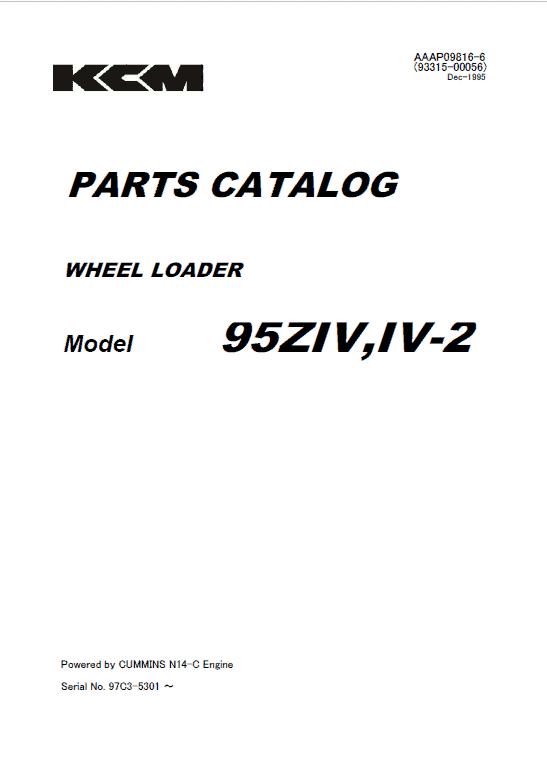
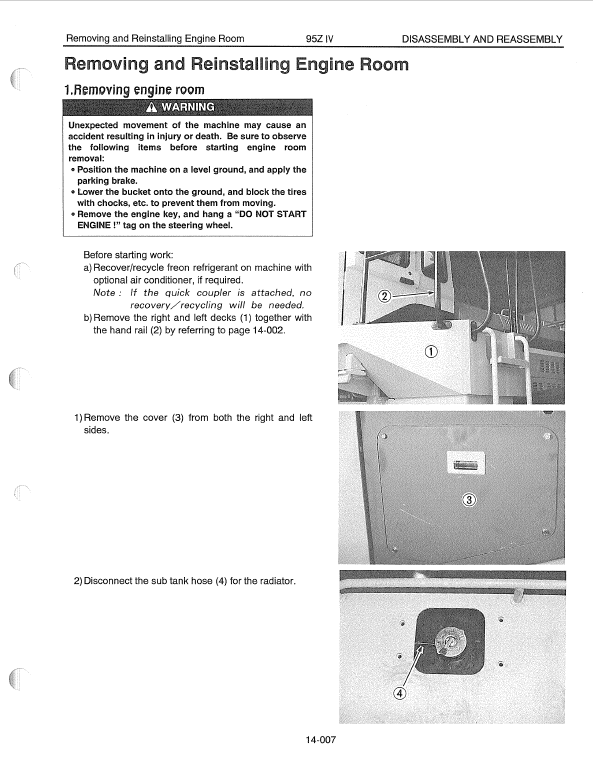

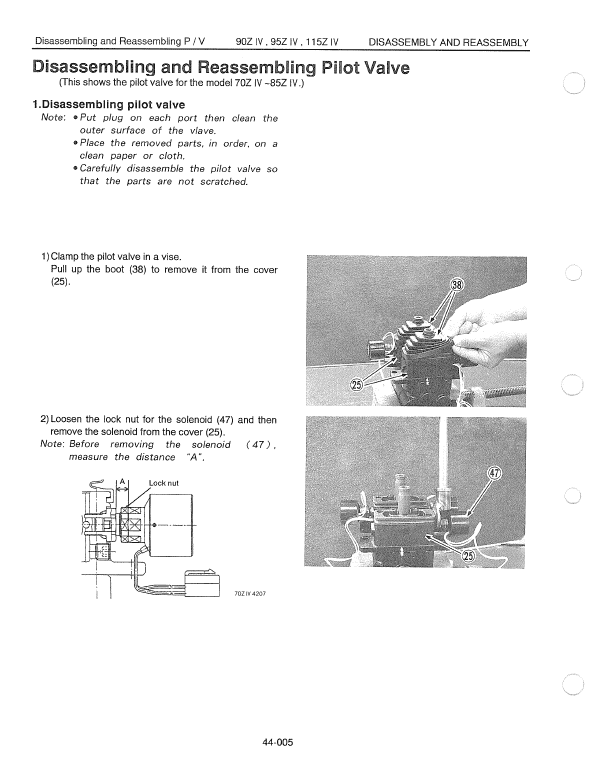
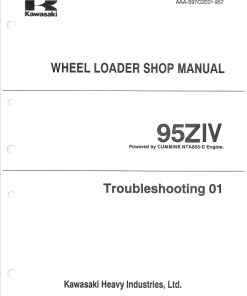

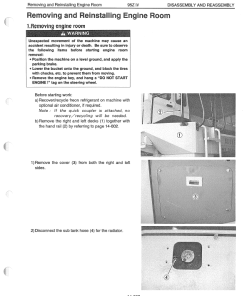
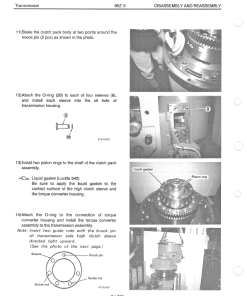
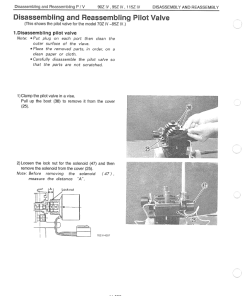


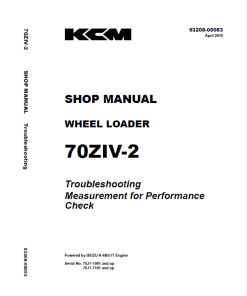
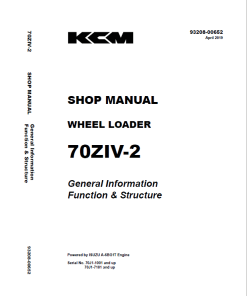
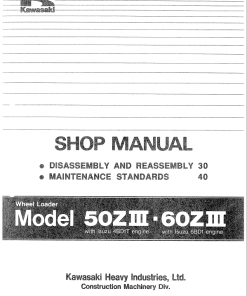
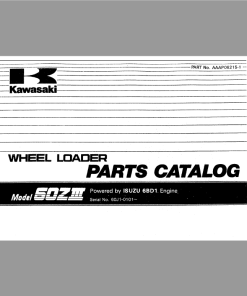
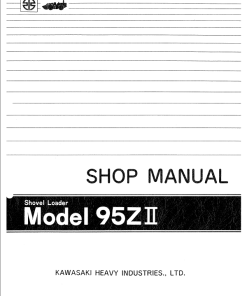
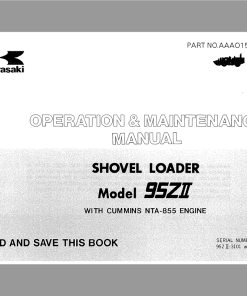
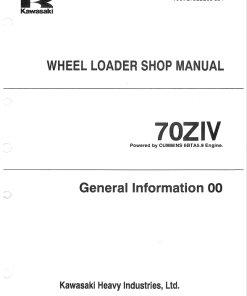
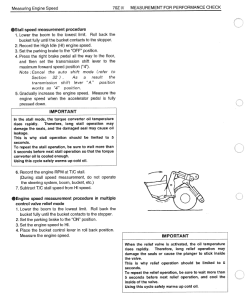
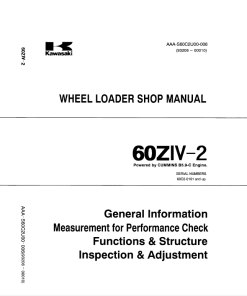
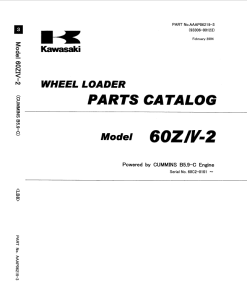
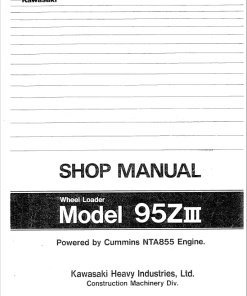
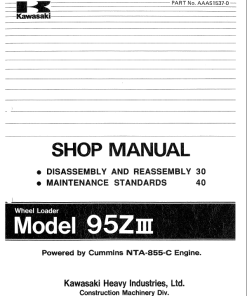
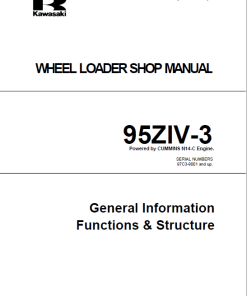
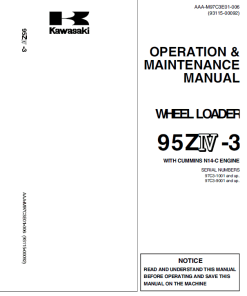

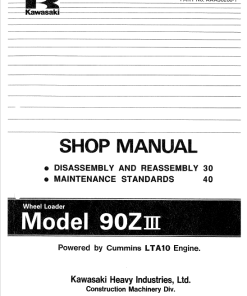
Reviews
There are no reviews yet.